Question
A & R Case Study Background A & R is an Australia-based travel agency that specializes in the rental of high-quality self-catering accommodation in Australia.
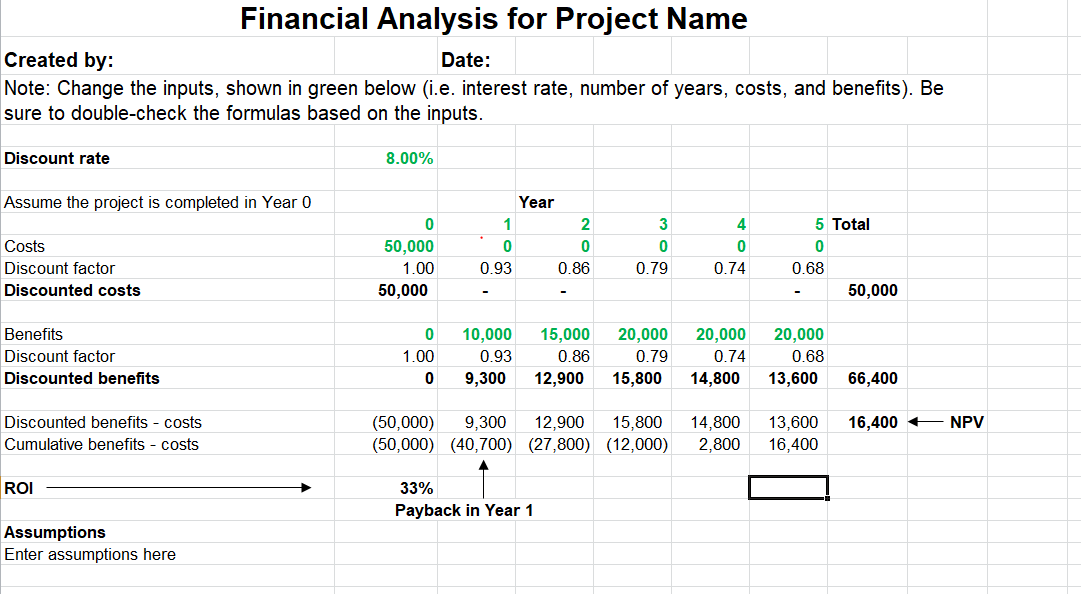
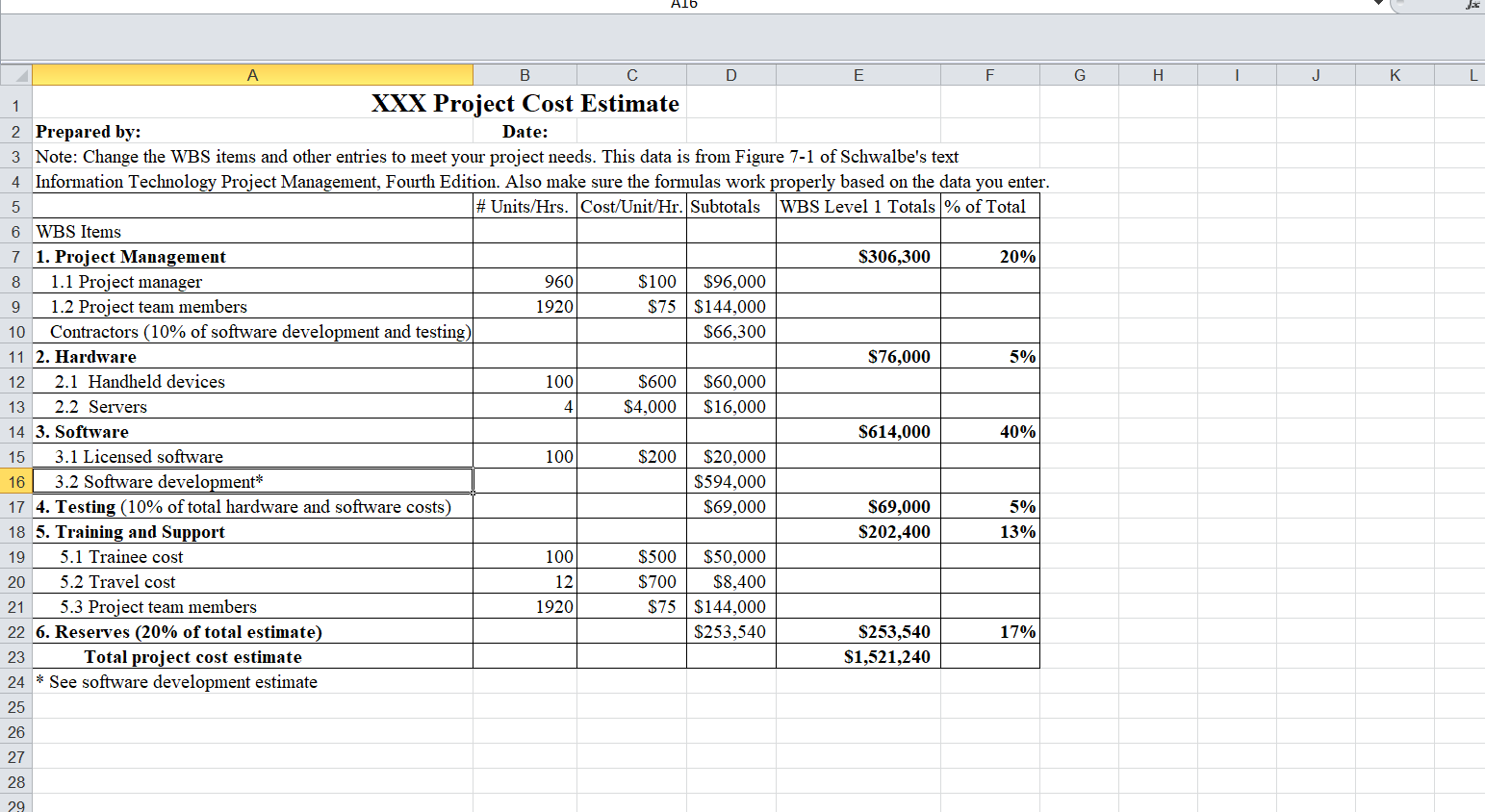
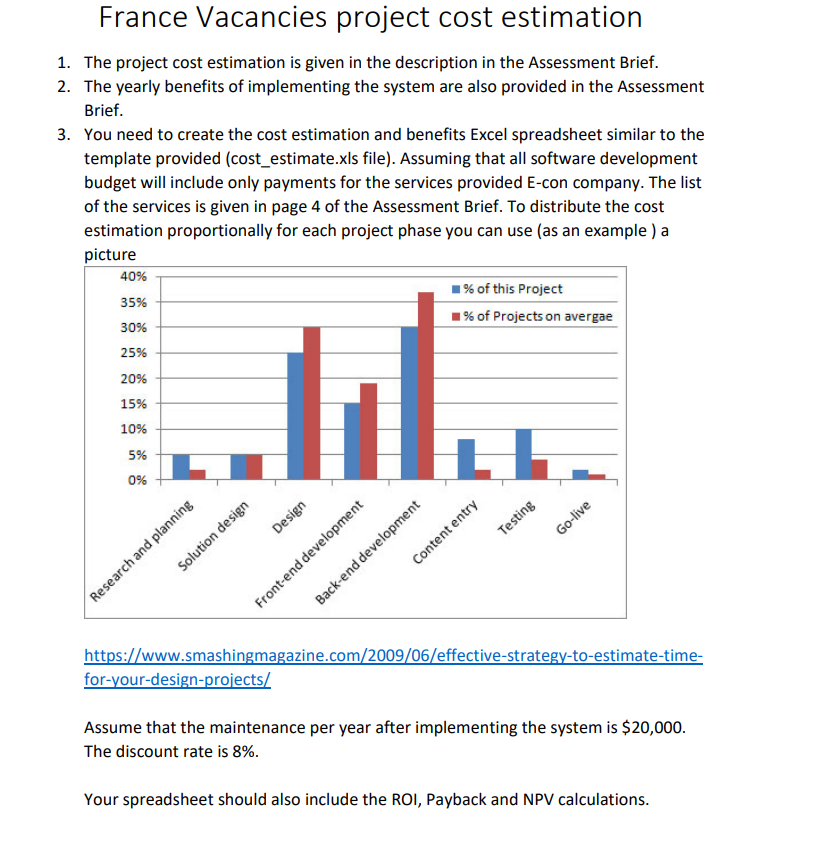
A & R Case Study Background A & R is an Australia-based travel agency that specializes in the rental of high-quality self-catering accommodation in Australia. For the summer months, it offers a wide selection of gtes (holiday cottages) and, for the winter, apartments and chalets in various ski resorts. The company was founded by three friends who still own it, Emeka Steven, Daniel Okw and Ric Nelson, and the company has been in business since 2000. It has grown rapidly to achieve a turnover of some AU$35.75 million per annum and employs more than 200 staff at three offices, one in the Greater Sydney area, one in Melbourne and one in Perth. A & R has a website, but it is not functionally effective. A & R currently uses three main sales channels: ? Direct selling to customers through mailshots of its brochures and customer support centres (60 per cent of sales). ? Sales via high street travel agents (22 per cent of sales). ? Sales via phone calls (18 per cent of sales)
However, the company is aware from press coverage and from surveys on its own customers that there is a growing public demand to be able to book holidays via the internet. This is particularly true as its customers are precisely the sort of people who are 'net aware'. A & R does have a website, but this is just its latest brochure in electronic format, and it does not have links to up-to-date availability data or the facilities for customers to make secure bookings online. Consequently, A & R has decided to implement a new internet-based booking system. This will be linked to its existing computerized booking system, which contains data on the availability of properties, and to its customer database as well as having secure links over which credit card data can be received. In addition, the company wants its management information system (MIS) enhanced so that it can trawl its databases and send targeted information to customers on properties that are likely to be of interest to them. A & R organization The current organizational structure of the company is shown in Figure 1.1. The three founders have divided the business among themselves. Emeka Steven (who has a sales background) looks after the sales and operations side, Daniel Okw, an accountant, takes care of finance and administration and Ric Nelson who is a lawyer and experience in IT takes care of the IT and company's legal matters. The small IT department within the administration function consists of the IT manager, Peter Clay, three analyst/programmers and a computer operator/trainee programmer. Figure 1.1 Organization of A & R The project Because of the small size of its IT department, and since the department lacks skills in the design of e- commerce applications, A & R has decided to entrust the development of its internet service to a consultancy company, Eagles iTechnology. This firm has tendered for the following services: ? Analysis of the requirements. ? Production of a detailed requirements specification.
? Design, development and implementation of the internet systems, including a new website and secure communications links. ? Training A & R staff in the use of the new systems. ? Specification of the interfaces required from A & R 's existing customer database and booking system (the development of the links at the A & R end to be done by its own IT department). ? Specification of the additional hardware required to support the new system (to be obtained from A & R 's usual suppliers, the procurement to be managed by the IT department). ? 'Skills transfer' to A & R 's IT department, so that ongoing maintenance and development of the new system can be handled in-house. The development of the MIS aspects of the new system will be dealt with by A & R 's IT department. The date now is 1 November 2020 and A & R wants to have the new system up and running for the start of the winter season's bookings at the end of June 2021. The internet booking project is a result of a recent strategic review of A & R undertaken by its senior managers - the three directors and their direct reports. The SWOT analysis showed that A & R has a good reputation in its marketplace and a lot of 'brand recognition' by its target market. However, this target market (reasonably affluent professionals) does make extensive use of the internet and it was felt that being unable to offer this service would increasingly become a weakness. At least one of A & R 's competitors already has an internet booking service (albeit not a very good one) and others are sure to follow soon. Applying the internet to A & R 's position using Porter's five forces model also produced some interesting results. The internet tends to increase the power of buyers (as they can shop around more easily) and lowers the cost of entry for new competitors. In addition, the suppliers (the owners of the gtes and chalets) can also set up their own websites, thereby cutting out brokers like A & R and increasing their own relative power. The conclusion of the strategy review was, therefore, that not setting up an internet service was not a viable option. Also, since the competitors' sites were not very good at present, it was felt that creating a very good and user-friendly site would provide a source of competitive advantage (at least in the short to medium term). The SWOT analysis conducted by A & R has already shown that not having an internet service is not a viable scenario, since so many of the company's customers now regularly use the internet. However, the issue still arises as to how much it would be worth investing in the project, and this means that the company has had to develop a business case for undertaking the internet development. Ric Nelson, as the accountant, has undertaken production of the business case and he has identified three main business options that could be considered: 1. Building an internet booking system for A & R and interfacing that with the company's existing systems. 2. Building a standalone internet system and operating the internet booking as, in effect, a separate subsidiary business. 3. Finding a partner organization with an internet booking system and interfacing A & R 's system with that. The third option is unattractive as the customers of the booking system would not be A & R 's own and this is considered very important. Daniel also rejected the second option as it is likely that the company's customers would sometimes use the internet and sometimes book over the telephone and
having two sales channels would go against the principle of being a 'one-stop shop' for all the customers' requirements. Consequently, the business case has been built around the first option, adding a web-based booking front-end to the existing booking system. Daniel has used A & R 's salesforce to conduct a telephone survey of existing customers, and that has suggested that an additional AU$90,000 of business might be secured each year via the internet. Assessing the likely amount of additional business (from new customers) is more difficult but a recent travel industry survey concluded that firms could attract 10-15 per cent new customers through e- commerce. If true, this would mean that A & R could obtain between AU$78,000 and AU$120,000 per annum more business through web bookings, but the directors, wishing to be cautious, have opted for the lower figure. In total, then, it seems as if the internet booking system should secure an additional AU$178,000 worth of business annually. The directors want to break even on their investment in three years and so this suggests a maximum cost for the internet development of AU$384,000. Initial discussions with various potential software vendors, including their preferred partner Eagles iTechnology, suggest that a system could be developed for AU$376,000. On that basis, the directors approve the business case. Eagles iTechnology, the consultancy firm engaged by A & R to develop its internet-based system, has recommended the use of a PRINCE2-type structure to manage the project. The project board will be made up of: ? Emeka Steven, one of A & R 's directors, as executive ? James Vic A & R 's customer services manager, as senior user ? Grace Moore, Eagles iTechnology's account manager, as senior supplier. The project board will meet on a Thursday afternoon every two weeks during the project. There was some argument about how the role of project manager should be filled. Simon Nick, A & R 's IT manager, thought that he should take this position, with the Eagles iTechnology project manager being a team manager. However, Eagles iTechnology argued that, as it was doing most of the development work, it would make more sense for Eagles iTechnology to provide the project manager. In the end, Emeka Steven agreed with Eagles iTechnology and so the project manager will be Paul Johnson, an Eagles iTechnology principal consultant. He will manage two teams, one led by Simon Nick which will develop the MIS aspects of the new system and the other led by Eagles iTechnology's Tim Cook which will develop the internet software. Eagles iTechnology will also provide the project support functions, as it has a project support office that works with all its projects. The project assurance functions will be discharged by a small team comprising: ? James Vic, one of Jean Hunt's sales supervisors ? Tim Jones, one of the IT managers ? Rage Munde, A & R ' management accountant ? Jack Lukas, Eagles iTechnology's quality assurance manageDue date: Week 12 Group/individual: Individual Word count / Time provided: 3000 words Weighting: 30% Unit Learning Outcomes: ULO-2, ULO-3, ULO-4, ULO-5 In this assignment, you will continue working on the A & R project. The Applied Project assignment includes the following tasks: 1. Based on case study provided, explain phases of the Project Life Cycle (PLC) 2. Create a Stakeholder Register (SR) and Communication Management Plan (CMP) 3. Create a Project Charter (PC) that would approved/signed 4. Create a Project Network Diagram (PND) 5. Calculate the project cost and the Net Present Value (NPV) - download the project costs and examples from Canvas The submission should include 2 files: ? MS Word file that includes items 1 - 4, 6 ? MS Excel file with the calculations of the project cost and NPV
can u please solve qno 5, which is in excel
Ill provide the image of excel , these are 2 excel file to solve.
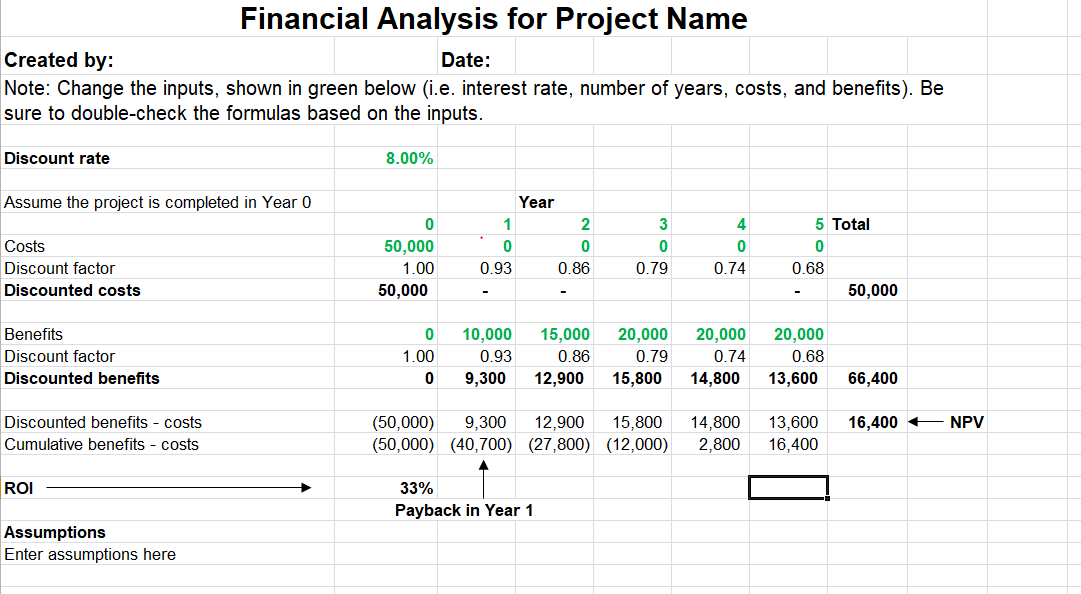
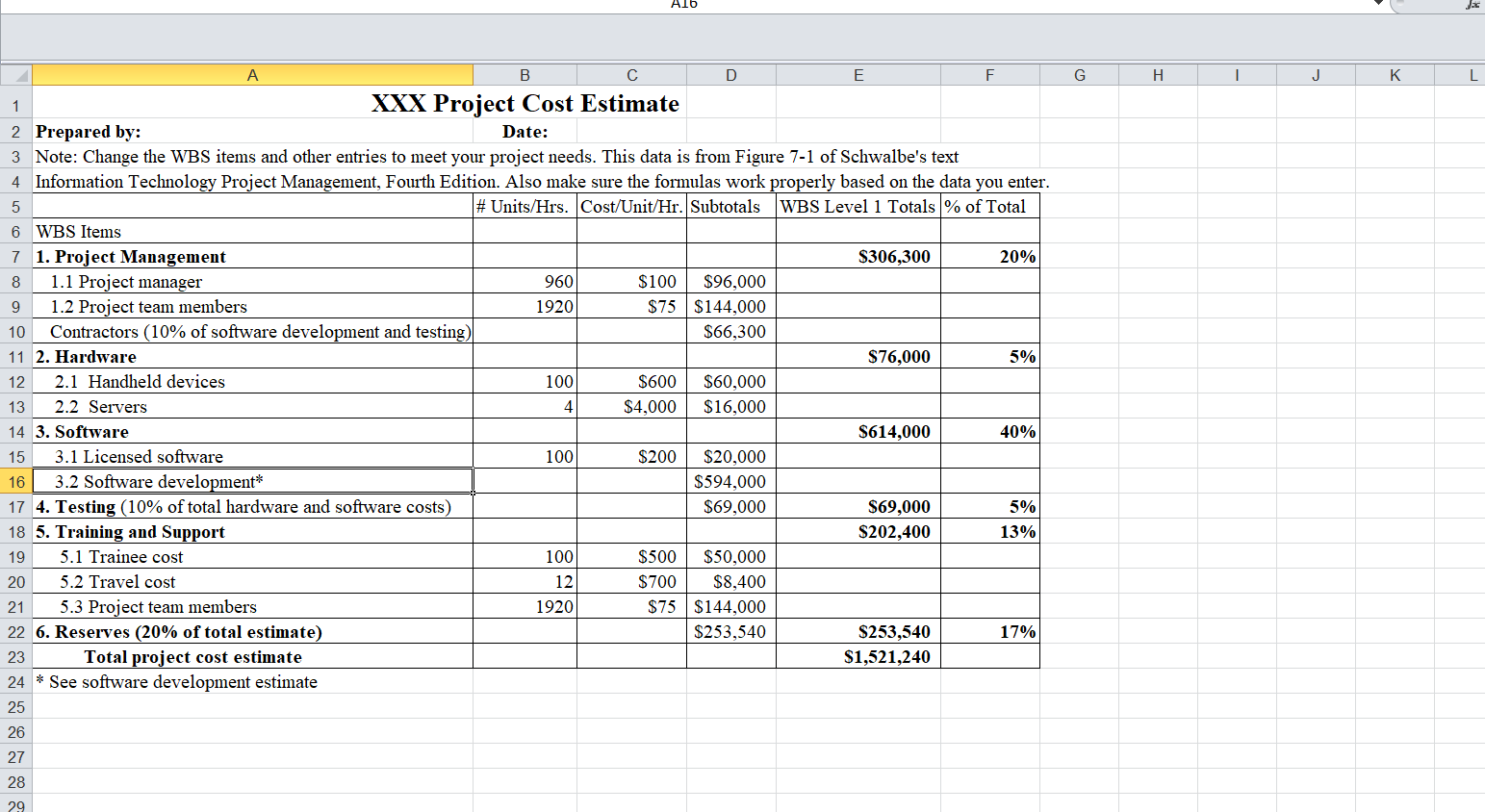
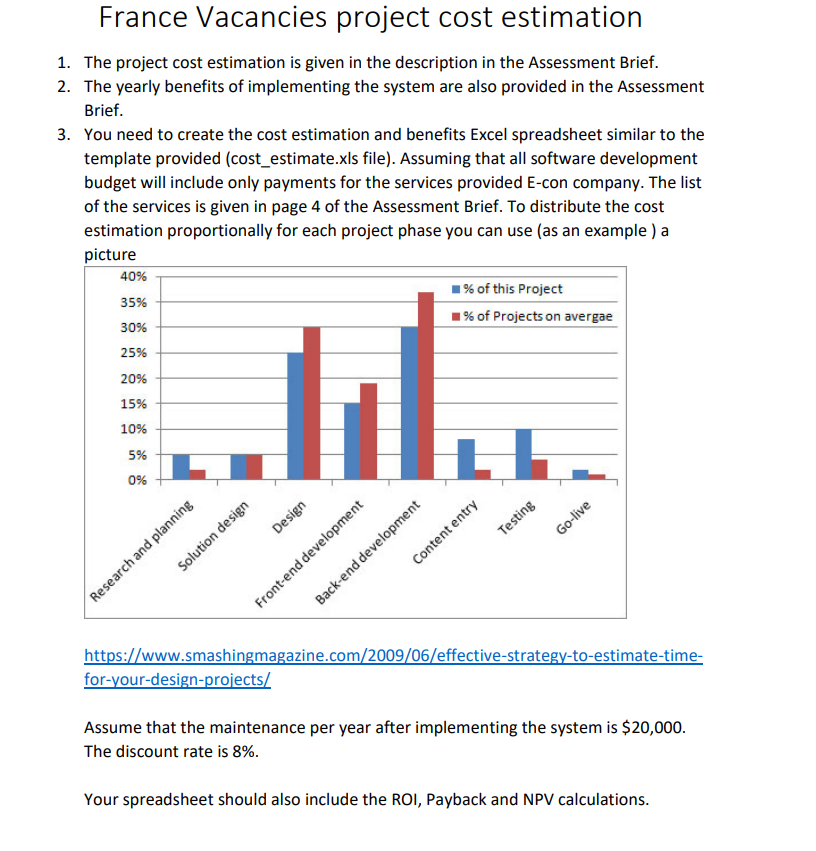
Step by Step Solution
There are 3 Steps involved in it
Step: 1

Get Instant Access to Expert-Tailored Solutions
See step-by-step solutions with expert insights and AI powered tools for academic success
Step: 2

Step: 3

Ace Your Homework with AI
Get the answers you need in no time with our AI-driven, step-by-step assistance
Get Started


